Presence
How is this component different from Vue Transition?
A: The biggest difference is it accepts css animation, and control the visibility of element.
Presence component provides enhanced control over element mounting/unmounting. It ensures animations and transitions complete before removing elements from the DOM, making it perfect for animated UI components.
API Reference
| Prop | Default | Type |
|---|---|---|
present* | booleanConditional to mount or unmount the child element. Similar to | |
forceMount | booleanForce the element to render all the time.
Useful for programmatically render grandchild component with the exposed |
| Emit | Payload |
|---|---|
enter | CustomEventEvent handler called when the enter animation has started |
after-enter | CustomEventEvent handler called when the enter animation has finished |
leave | CustomEventEvent handler called when the leave animation has started |
after-leave | CustomEventEvent handler called when the leave animation has finished |
Read our Animation Guide to learn more about implementing animations with Presence component.
Example
<template>
<Presence :present="isVisible">
<div
:data-state="isVisible ? 'open' : 'closed'"
class="data-[state=open]:animate-fadeIn data-[state=closed]:animate-fadeOut"
>
<slot />
</div>
</Presence>
</template>Force Mount
When you need to ensure content is always rendered regardless of the present state:
<template>
<Presence v-slot="{ present }" :present="isVisible" :force-mount="true">
<div>
This content will always be rendered
<div v-if="present">
This content is hidden
</div>
</div>
</Presence>
</template>